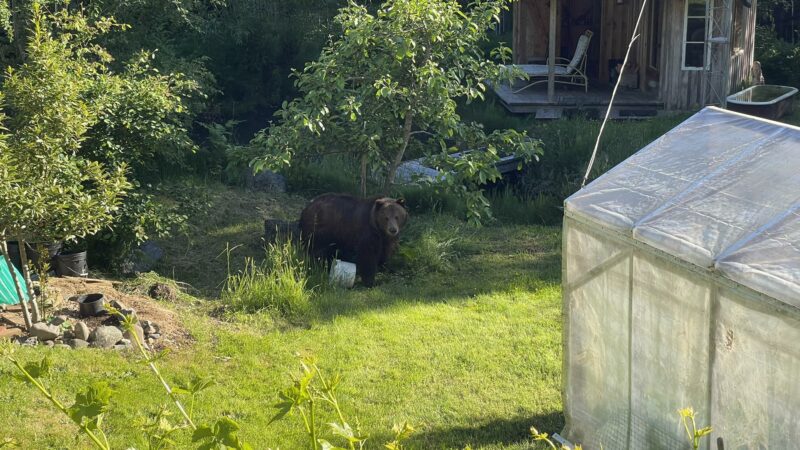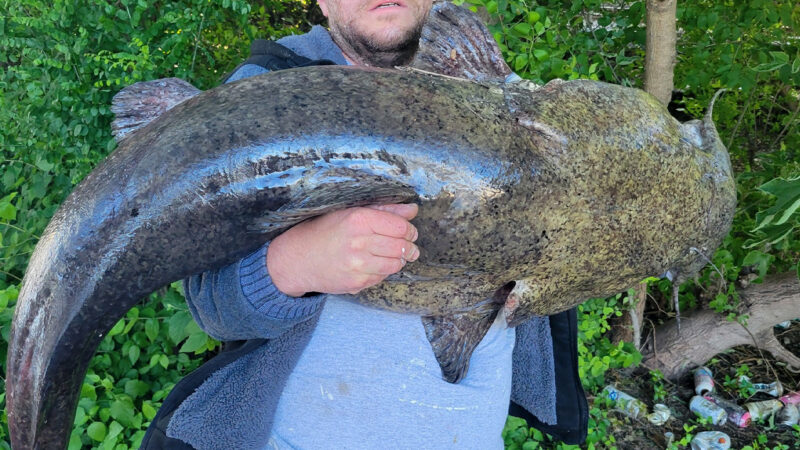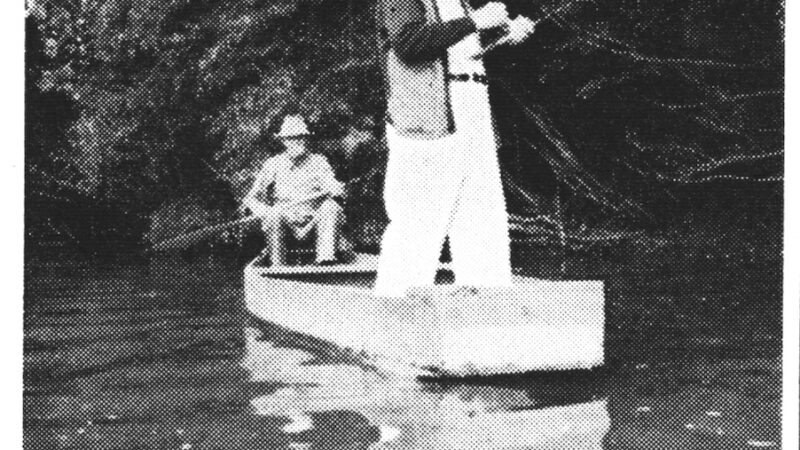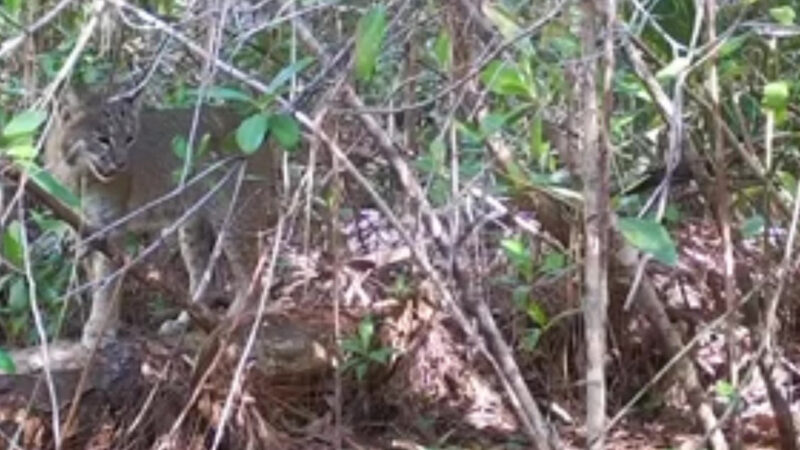Watch: Buck with Massive Lump on Its Chest Struggles to Walk
A video of a young mule deer buck with an exercise ball-sized growth on its chest is making the rounds on social media after Colorado wildlife photographer John DePalma posted it to his Instagram profile on Dec. 31.
In the video, the buck struggles to walk with the giant, fluid-filled sack impeding its front legs. The growth extends behind the buck’s forelegs, down its chest toward the ribcage, and partially up its neck. It’s hard to imagine this buck lowering its head to drink comfortably, much less feeding, breeding, or sleeping. This wasn’t DePalma’s first time seeing the buck, he tells Outdoor Life, but the growth is relatively new.
“I’m right up against the foothills of the Rocky Mountains, and that’s where I saw this guy,” DePalma, of Littleton, says. “I had seen this buck throughout the spring and summer and at least the early fall, and then he disappeared. When the rut gets going, the bigger bucks come in. He’s not a huge buck, and I hadn’t seen him from early November until Thursday of last week. And all of a sudden I got closer to him and was like, ‘wow, what in the heavens is this growth?’”
The growth is likely a massive seroma, National Deer Association director of conservation Matt Ross tells Outdoor Life. In other words, its a fluid-filled cyst (no, that’s not all pus) that likely resulted from a soft-tissue injury. Since the buck lacked the cyst before DePalma’s last sighting in early November, it’s probably the result of a rut injury.
A seroma is not caused by infection, according to the Missouri Department of Conservation, but is instead the result of blood serum leaking from ruptured blood vessels and pooling under the skin. That fluid often drains away after a period, unless it ruptures and drains externally. In that case, infection is a possibility.
“Usually deer recover,” Ross says. “But, like anything, it depends on cause and if infection occurs. This one, even if not infected, likely significantly impacts mobility. That could be an issue.”
Although the condition isn’t especially rare among deer, it was the first time DePalma has observed it in his decades-long photography career.
“I’ve been chasing mule deer for the last 20 years, and we see bucks bruised up after the season, with blown out knees and ankles, but never have I seen something like this.”
DePalma estimates he was about 20 yards from the buck when he recorded the footage. DePalma did not approach any closer to give the already-struggling deer his space. The buck, which had been bedded, strained to stand then began browsing slowly.
“I didn’t want to overly impede his feeding,” he says. “If he continues on, he’s going to need to feed pretty hard, [especially] if we do get some snow in this area.”
DePalma filmed the buck at about 6,000 feet of elevation. Heavy snowfall has yet to hit the foothills of the Rockies near Littleton. It’s not a matter of if the buck’s life is about to get substantially harder, but when. DePalma points out that the buck looks relatively healthy otherwise, despite his hide being rubbed down to skin in his armpits where the growth is pushing against his legs.
Read Next: Purple Buck with Bullwinkle Condition Euthanized for Severe Symptoms
One commenter on DePalma’s Instagram post said they reached out to Colorado Parks and Wildlife about the buck’s condition and that CPW was monitoring it. CPW did not immediately provide comment.
The post Watch: Buck with Massive Lump on Its Chest Struggles to Walk appeared first on Outdoor Life.
We may earn revenue from the products available on this page and participate in affiliate programs. Learn More ›
Source: https://www.outdoorlife.com/conservation/video-mule-deer-seroma-cyst/




